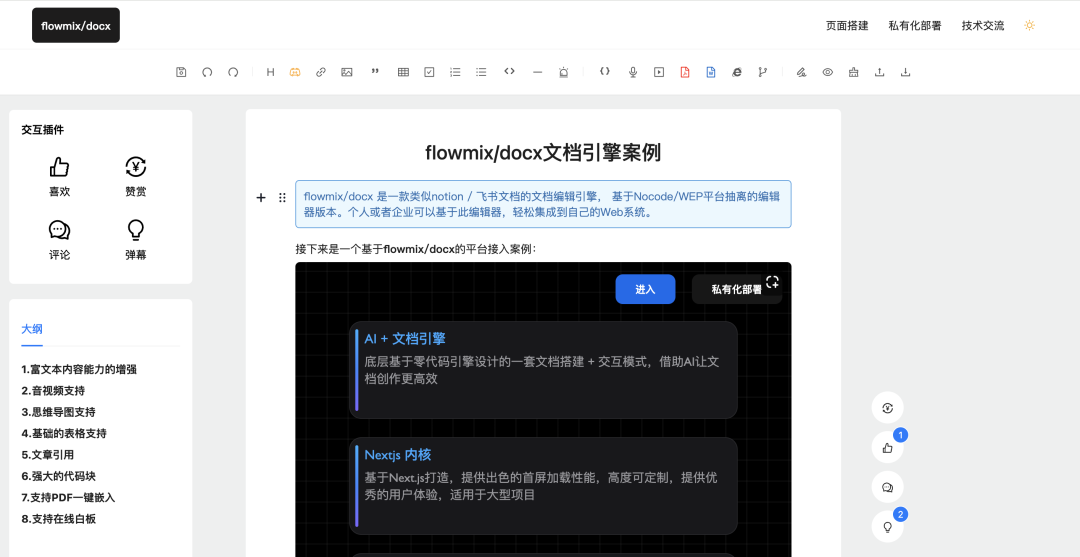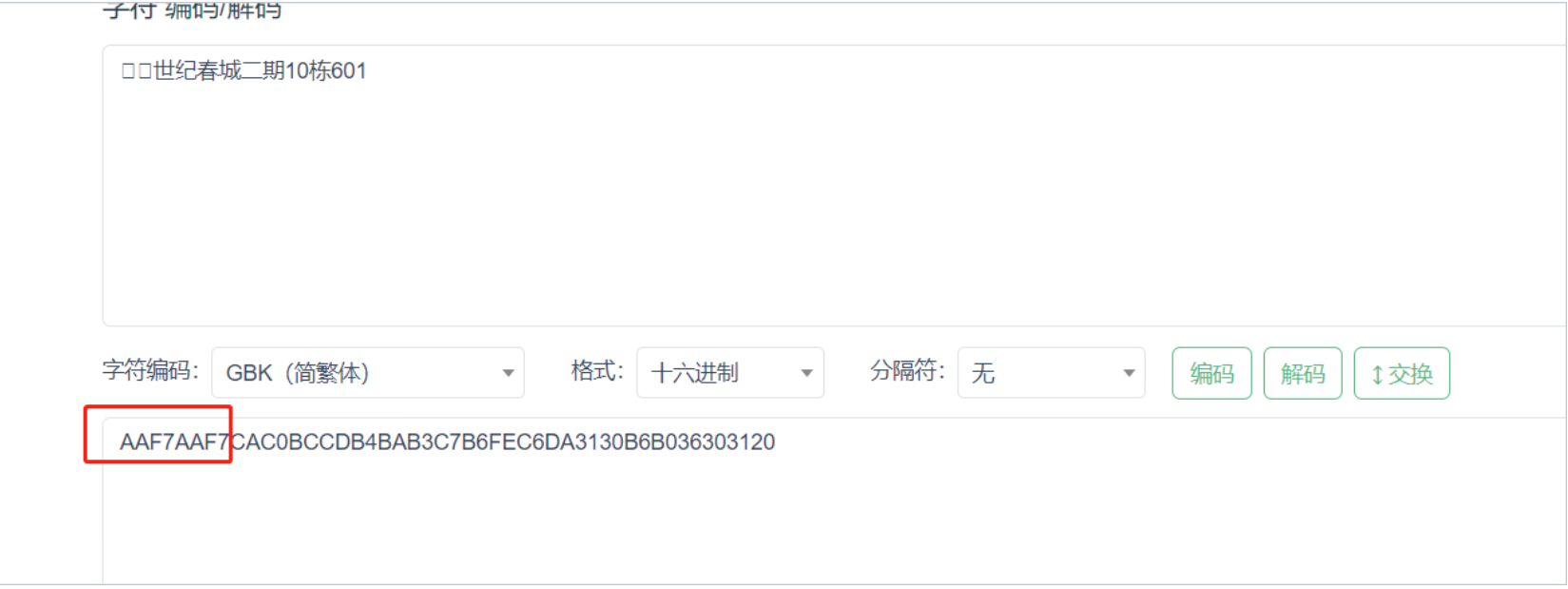🍨 本文为🔗365天深度学习训练营 中的学习记录博客 🍖 原作者:K同学啊
SVM与集成学习
SVM
集成学习 随机森林 导入数据 查看数据信息 数据分析 随机森林模型 预测结果 结果分析 个人总结
超平面:SVM 在特征空间中寻找一个能够最大化类别间隔的超平面,称为最大间隔超平面。这个超平面就是将数据集分成不同类别的边界。 支持向量:支持向量是离分隔超平面最近的样本点,它们决定了超平面的位置和方向。换句话说,只有这些样本对分类结果有影响,其他的样本点则不影响。 from sklearn import datasets
from sklearn. model_selection import train_test_split
from sklearn. preprocessing import StandardScaler
from sklearn. svm import SVC
from sklearn. metrics import accuracy_score
iris = datasets. load_iris( )
X = iris. data
y = iris. target
sc = StandardScaler( )
X = sc. fit_transform( X)
X_train, X_test, y_train, y_test = train_test_split( X, y, test_size= 0.3 , random_state= 42 )
svm = SVC( kernel= 'linear' , C= 1.0 )
svm. fit( X_train, y_train)
y_pred = svm. predict( X_test)
accuracy = accuracy_score( y_test, y_pred)
print ( 'Accuracy: %.2f' % ( accuracy * 100.0 ) )
from sklearn import datasets
from sklearn. model_selection import train_test_split
from sklearn. preprocessing import StandardScaler
from sklearn. svm import SVC
from sklearn. metrics import accuracy_score
iris = datasets. load_iris( )
X = iris. data
y = iris. target
sc = StandardScaler( )
X = sc. fit_transform( X)
X_train, X_test, y_train, y_test = train_test_split( X, y, test_size= 0.3 , random_state= 42 )
svm = SVC( kernel= 'rbf' , C= 1.0 , gamma= 0.1 )
svm. fit( X_train, y_train)
y_pred = svm. predict( X_test)
accuracy = accuracy_score( y_test, y_pred)
print ( 'Accuracy: %.2f' % ( accuracy * 100.0 ) )
C(默认值:1.0) kernel(默认值:‘rbf’) degree (默认值:3) gamma(默认值:‘scale’) coef0(默认值:0.0) Bagging在做预测时,对于分类任务,使用简单的投票法。对于回归任务使用简单平均法。若分类预测时出现两个类票数一样时,则随机选择一个。 Boosting 工作原理: 弱学习器:中的弱学习器通常是性能稍微优于随机猜测的模型,通常使用简单的模型(如浅层决策树)。 加权训练:在每一次迭代中,Boosting 会调整每个样本的权重,增加那些前一次模型预测错误样本的权重,使得后续的学习器更关注这些难以分类的样本。 加权投票:最终模型是通过将所有弱学习器的预测结果加权整合而成,通常采用加权投票(分类问题)或加权平均(回归问题)。 一种基于集成学习的算法,主要用于分类和回归分析。随机森林通过结合多个决策树来提高模型的准确性和稳健性,步骤如下: 随机抽样:从原始训练数据中随机抽取多个样本集(通常是相同大小),为每棵决策树准备训练数据。 构建决策树:对于每个样本集,根据随机选取的特征构建一棵决策树。树的生长过程中使用信息增益、基尼指数等标准进行节点分裂。 集成预测: import pandas as pd
import numpy as np
import seaborn as sns
from sklearn. preprocessing import LabelEncoder
from sklearn. model_selection import train_test_split
from sklearn. ensemble import RandomForestClassifier
from sklearn. metrics import classification_report
data = pd. read_csv( r'C:\Users\11054\Desktop\kLearning\L678_learning\data.csv' )
data
data. info( )
import matplotlib. pyplot as plt
plt. rcParams[ 'font.family' ] = 'SimHei'
feature_map = {
'Temperature' : '温度' ,
'Humidity' : '湿度百分比' ,
'Wind Speed' : '风速' ,
'Precipitation (%)' : '降水量百分比' ,
'Atmospheric Pressure' : '大气压力' ,
'UV Index' : '紫外线指数' ,
'Visibility (km)' : '能见度'
}
plt. figure( figsize= ( 15 , 10 ) )
for i, ( col, col_name) in enumerate ( feature_map. items( ) , 1 ) :
plt. subplot( 2 , 4 , i)
sns. boxplot( y= data[ col] )
plt. title( f' { col_name} 的箱线图' , fontsize= 14 )
plt. ylabel( '数值' , fontsize= 12 )
plt. grid( axis= 'y' , linestyle= '--' , alpha= 0.7 )
plt. tight_layout( )
plt. show( )
C:\Users\11054\AppData\Local\Temp\ipykernel_7496\1699620420.py:22: UserWarning: Glyph 8722 (\N{MINUS SIGN}) missing from current font.
plt.tight_layout()
C:\Users\11054\.conda\envs\kmate\lib\site-packages\IPython\core\pylabtools.py:152: UserWarning: Glyph 8722 (\N{MINUS SIGN}) missing from current font.
fig.canvas.print_figure(bytes_io, **kw)
print ( f"温度超过60°C的数据量: { data[ data[ 'Temperature' ] > 60 ] . shape[ 0 ] } ,占比 { round ( data[ data[ 'Temperature' ] > 60 ] . shape[ 0 ] / data. shape[ 0 ] * 100 , 2 ) } %。" )
print ( f"湿度百分比超过100%的数据量: { data[ data[ 'Humidity' ] > 100 ] . shape[ 0 ] } ,占比 { round ( data[ data[ 'Humidity' ] > 100 ] . shape[ 0 ] / data. shape[ 0 ] * 100 , 2 ) } %。" )
print ( f"降雨量百分比超过100%的数据量: { data[ data[ 'Precipitation (%)' ] > 100 ] . shape[ 0 ] } ,占比 { round ( data[ data[ 'Precipitation (%)' ] > 100 ] . shape[ 0 ] / data. shape[ 0 ] * 100 , 2 ) } %。" )
温度超过60°C的数据量:207,占比1.57%。
湿度百分比超过100%的数据量:416,占比3.15%。
降雨量百分比超过100%的数据量:392,占比2.97%。
data. describe( include= 'all' )
plt. figure( figsize= ( 20 , 15 ) )
plt. subplot( 3 , 4 , 1 )
sns. histplot( data[ 'Temperature' ] , kde= True , bins= 20 )
plt. title( '温度分布' )
plt. xlabel( '温度' )
plt. ylabel( '频数' )
plt. subplot( 3 , 4 , 2 )
sns. boxplot( y= data[ 'Humidity' ] )
plt. title( '湿度百分比箱线图' )
plt. ylabel( '湿度百分比' )
plt. subplot( 3 , 4 , 3 )
sns. histplot( data[ 'Wind Speed' ] , kde= True , bins= 20 )
plt. title( '风速分布' )
plt. xlabel( '风速(km/h)' )
plt. ylabel( '频数' )
plt. subplot( 3 , 4 , 4 )
sns. boxplot( y= data[ 'Precipitation (%)' ] )
plt. title( '降雨量百分比箱线图' )
plt. ylabel( '降雨量百分比' )
plt. subplot( 3 , 4 , 5 )
sns. countplot( x= 'Cloud Cover' , data= data)
plt. title( '云量 (描述)分布' )
plt. xlabel( '云量 (描述)' )
plt. ylabel( '频数' )
plt. subplot( 3 , 4 , 6 )
sns. histplot( data[ 'Atmospheric Pressure' ] , kde= True , bins= 10 )
plt. title( '大气压分布' )
plt. xlabel( '气压 (hPa)' )
plt. ylabel( '频数' )
plt. subplot( 3 , 4 , 7 )
sns. histplot( data[ 'UV Index' ] , kde= True , bins= 14 )
plt. title( '紫外线等级分布' )
plt. xlabel( '紫外线指数' )
plt. ylabel( '频数' )
plt. subplot( 3 , 4 , 8 )
Season_counts = data[ 'Season' ] . value_counts( )
plt. pie( Season_counts, labels= Season_counts. index, autopct= '%1.1f%%' , startangle= 140 )
plt. title( '季节分布' )
plt. subplot( 3 , 4 , 9 )
sns. histplot( data[ 'Visibility (km)' ] , kde= True , bins= 10 )
plt. title( '能见度分布' )
plt. xlabel( '能见度(Km)' )
plt. ylabel( '频数' )
plt. subplot( 3 , 4 , 10 )
sns. countplot( x= 'Location' , data= data)
plt. title( '地点分布' )
plt. xlabel( '地点' )
plt. ylabel( '频数' )
plt. subplot( 3 , 4 , ( 11 , 12 ) )
sns. countplot( x= 'Weather Type' , data= data)
plt. title( '天气类型分布' )
plt. xlabel( '天气类型' )
plt. ylabel( '频数' )
plt. tight_layout( )
plt. show( )
C:\Users\11054\AppData\Local\Temp\ipykernel_7496\3587563545.py:65: UserWarning: Glyph 8722 (\N{MINUS SIGN}) missing from current font.
plt.tight_layout()
C:\Users\11054\.conda\envs\kmate\lib\site-packages\IPython\core\pylabtools.py:152: UserWarning: Glyph 8722 (\N{MINUS SIGN}) missing from current font.
fig.canvas.print_figure(bytes_io, **kw)
new_data = data. copy( )
label_encoders = { }
categorical_features = [ 'Cloud Cover' , 'Season' , 'Location' , 'Weather Type' ]
for feature in categorical_features:
le = LabelEncoder( )
new_data[ feature] = le. fit_transform( data[ feature] )
label_encoders[ feature] = le
for feature in categorical_features:
print ( f"' { feature} '特征的对应关系:" )
for index, class_ in enumerate ( label_encoders[ feature] . classes_) :
print ( f" { index} : { class_} " )
'Cloud Cover'特征的对应关系:
0: clear
1: cloudy
2: overcast
3: partly cloudy
'Season'特征的对应关系:
0: Autumn
1: Spring
2: Summer
3: Winter
'Location'特征的对应关系:
0: coastal
1: inland
2: mountain
'Weather Type'特征的对应关系:
0: Cloudy
1: Rainy
2: Snowy
3: Sunny
x = new_data. drop( [ 'Weather Type' ] , axis= 1 )
y = new_data[ 'Weather Type' ]
x_train, x_test, y_train, y_test = train_test_split( x, y,
test_size= 0.3 ,
random_state= 15 )
rf_clf = RandomForestClassifier( random_state= 15 )
rf_clf. fit( x_train, y_train)
y_pred_rf = rf_clf. predict( x_test)
class_report_rf = classification_report( y_test, y_pred_rf)
print ( class_report_rf)
precision recall f1-score support
0 0.87 0.93 0.90 1018
1 0.93 0.91 0.92 967
2 0.96 0.92 0.94 1007
3 0.91 0.91 0.91 968
accuracy 0.92 3960
macro avg 0.92 0.91 0.92 3960
weighted avg 0.92 0.92 0.92 3960
feature_importances = rf_clf. feature_importances_
features_rf = pd. DataFrame( { '特征' : x. columns, '重要度' : feature_importances} )
features_rf. sort_values( by= '重要度' , ascending= False , inplace= True )
plt. figure( figsize= ( 10 , 8 ) )
sns. barplot( x= '重要度' , y= '特征' , data= features_rf)
plt. xlabel( '重要度' )
plt. ylabel( '特征' )
plt. title( '随机森林特征图' )
plt. show( )
学习了随机森林模型的使用,理解了SVM和集成学习的基本原理

















![[大语言模型-论文精读] 词性对抗性攻击:文本到图像生成的实证研究](https://i-blog.csdnimg.cn/direct/5af8232b67214f28bfad69659ab67965.png)
![[ACS_C]:以 H2和 O2等离子体处理的 Al2O3为载体的 Pt 催化剂用于液态有机氢载体对二苄基甲苯和全氢二苄基甲苯的加氢和脱氢](https://i-blog.csdnimg.cn/direct/246f4d0f37f34310b1936676931167a6.png)


